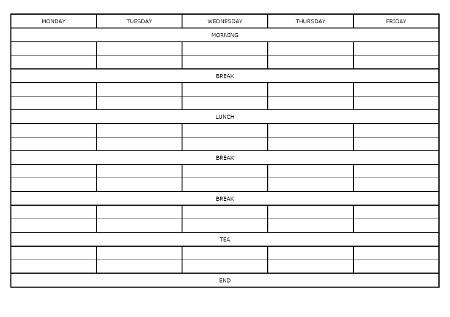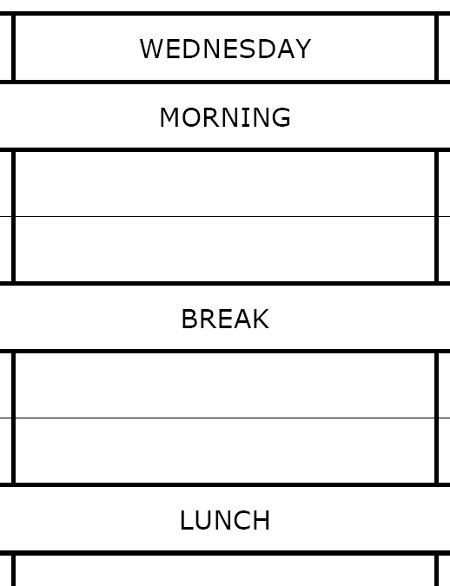Download printable version (29.9 kB .PDF)
Basics
Calculations
- Remember the three-step process:
- Write down the equation you are going to use. If the “standard” form of the equation (e.g. F=ma) needs to be rearranged (e.g. a=F/m) then write down both forms, in case you rearrange the equation incorrectly.
- Substitute the quantities from the question into your formula and carry out the calculation.
- Write down the answer and don’t forget to use the correct unit.
- Always work in standard units: convert centimetres and kilometres to metres, and hours and minutes to seconds before you start answering the question.
- Watch for multipliers and submultipliers: you must be familiar with centi-, milli-, micro-, kilo- and mega-.
- Use standard form for answers with large numbers of zeroes. It is very easy to accidentally add or remove a zero when writing out 0.000000831 but not in 8.31×10−7.
- Make sure you know how to use your calculator, particularly how to use the calculator’s built in memory and the reciprocal function. Make sure that when doing trigonometry (sin, cos and tan) your calculator is set in degrees mode and not in radians or gradians.
- Don’t write too many significant figures in your answer: three significant figures is almost certainly enough. But make sure that during calculations you use the full answer – storing it in the memory or using the ‘previous answer’ key – to avoid rounding errors.
Corrections
- Make sure that an examiner can tell which answer is the one you want marked. Cross incorrect work through clearly and make it obvious what your answer is; underlining in a different colour or writing “Answer =” is a good idea.
- Do not use double-headed arrows to swap answers around; examiners may ignore them.
Graphs
- When drawing a graph make sure you use the majority of the grid space available.
- Always think about the features of the graph: what do the axis intercepts, the gradient of the line and the area underneath the line mean – what is their physical significance?
- When answering graph questions be specific about what you are doing: state “area under graph” or “gradient of line” rather than just showing the calculations themselves.
- When finding the gradient of a line make sure that you use a large portion (at least two-thirds) of the line to create your rise-run triangle.
- Read the axes carefully: is the scale in newtons or kilonewtons, seconds or milliseconds?
Language
- Use scientific language: “volume is constant” is a much better answer than “container is something that cannot expand”.
- Don’t write “probably” or “possibly” or “about” or “quite”; don’t write “approximately” unless that’s really what you mean.
- Match adjectives to quantities, e.g. “long wavelength” rather than “high wavelength” and “high frequency” rather than “large frequency”.
- Don’t begin an answer with “It” or “Because”, these can create ambiguity in your answer. “The car accelerates …” is much better than “It accelerates …”.
- To paraphrase Einstein: make your answers as simple as possible, but no simpler. There is no requirement for every answer to be a full sentence, but one word answers will often not get you all the available marks.
- Don’t waffle. Read your longer-answer question answers to yourself in your head – do they make sense?
- Don’t use exclamation marks. Nothing in an exam requires an exclamation mark.

